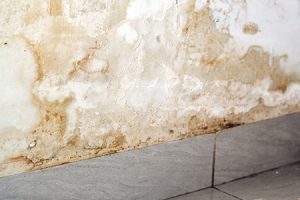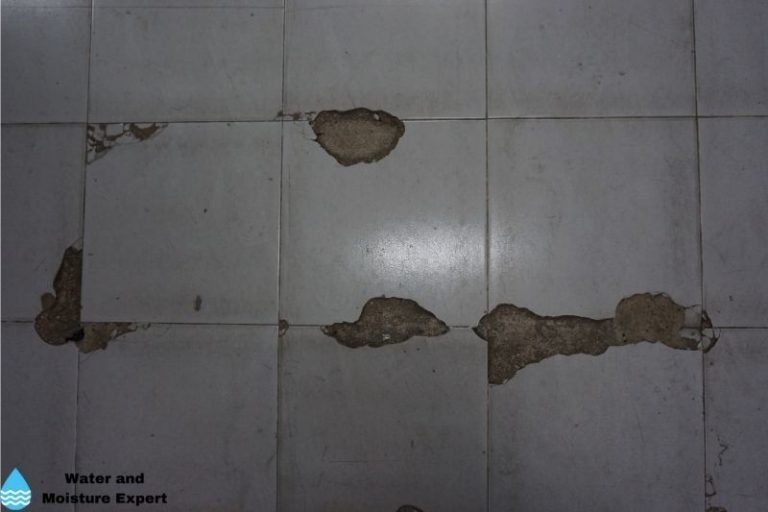We've noticed the article relating to How to Fix a Water Damage Bathroom below on the net and decided it made perfect sense to write about it with you here.

The shower room is extremely prone for moist build-up and also potential water damages due to the regular use water in it. This short article uses straightforward evaluation methods to aid discovering water damages hazards.
The regular use water in the bathroom makes it very at risk for moist build-up and also possible water damage. By checking it regularly, you can reduce water associated problems.
The adhering to set of evaluations is simple to execute and ought to be done when in every 3 months in order to keep your restroom healthy and also to stop potential water damages triggered by the bath tub, the shower, pipeline joints and plumbing, sinks, cabinets, as well as the bathroom
Do not forget executing these inspections as well as be extensive while executing them. Remember that these simple inspections can save you a lot of money by supplying very early signs for water damages
Sinks and also Cabinets
Sinks and also cabinets are exposed to moisture and humidity daily as well as are typically ignored. Check on a regular basis under the sink and also on the kitchen counter over it. Fix any kind of drip in the catch as it might recommend drainpipe issues. Browse the sink, slow-moving draining pipelines may indicate an obstructed drainpipe. Change sink seals if they are fractured or loosened.
Bath tub as well as Shower
The shower as well as tub call for special interest as well as maintenance. Inspect the ceramic tiles as well as change if split. Make certain that there is no missing grout between the tiles. Evaluate and also change split caulking at joints where the walls satisfy the floor or the bathtub. Obstructed drains pipes as well as pipes problems will certainly protect against the bath tub from drying out as well as may show significant issues below the bathtub. Consult with a professional quickly to stop structural damage. Pay attention to stainings or soft locations around the tub walls as they might suggest an internal leakage.
Plumbing
Signs for water damages are difficult to spot since the majority of pipes are installed inside the wall surfaces.
Pay unique attention to floor covering as well as walls dampness as well as stains as they might suggest an unnoticeable plumbing trouble. Inspect moisture degrees in adjoining areas also.
The Toilet
The commode is a prone water junction. Examine the water lines as well as look for leakages around the toilet seat, in the tube, as well as under the water container. If you find any indicators of wetness on the flooring around the bathroom, check for leakages in the toilet rim and also tank seals.
Realize that hanging bathroom dish deodorants raises the possibilities for obstructions.
Water Damage Signs In The Bathroom To Avoid Cleanup
Musty smell
This is one of the easiest signs to catch because musty smells are so odorous. The damp, earthy, moldy smell should be a big red flag. The smell will develop when moisture gets trapped in surfaces, and begins to facilitate mold growth. Leaking pipes under cabinets, inside walls, and behind shower fixtures will cause moisture to stay trapped and not dry, which will lead to mold growth and spread. As soon as you notice any musty smells in your bathroom, have it checked for hidden water damage and cleanup signs.
Visible mold
If the smell isn’t there to give it away, sometimes you will actually see mold growth. Finding mold in your bathroom is a serious problem, because mold is very harmful to your health. By the time mold growth is visible, it also means that water damage has already occurred and been present for some time. The only way the mold problem can be resolved is to find the source of the moisture and get it stopped. To safely and adequately remove mold, you need to have professionals handle the remediation. Do not waste any time in getting mold problems addressed, fixed, and sanitized so that you can protect you and your family from the many respiratory symptoms caused by mold exposure.
Damaged floors
Bathroom floors should be able to withstand some exposure to water while still remaining in good condition. However, when excess exposure or water leaks occur, they will begin to damage even the most water-resistant flooring. If you notice any cracking, bubbling, staining, or warping on your bathroom floors, there is probably a water leak somewhere causing the distortion. If you notice areas of the floor have become softer, or even have a spongy feeling, there is probably damage to the subfloor. Subflooring is typically made up of plywood. When plywood is exposed to water or moisture, it will absorb it. Once it has become saturated, the weight of the excess water will cause the wood to swell and soften. Check the floors in your bathroom frequently to catch any of these sings before they lead to damaged subflooring.
Changes on walls
When water leaks behind walls, it will cause changes in the drywall. Peeling plaster, blistering paint, and soggy wallpaper are all good indicators that excess water is building up behind the wall. Water leaking behind drywall will cause it to swell and be soft to the tough. If you start to notice gaps along the trim of your walls, or where tile meets the wall, it could also be a strong indicator that there is a leak behind the wall. Any changes, distortion, or damage on the walls should be evaluated as soon as you notice it to prevent further water damage and cleanup.

As a devoted reader on Preventing Water Damage in the Bathroom, I figured sharing that information was sensible. In case you liked our post kindly remember to share it. We love reading our article about How to Repair and Prevent Bathroom Water Damage.
Schedule Free Estimate